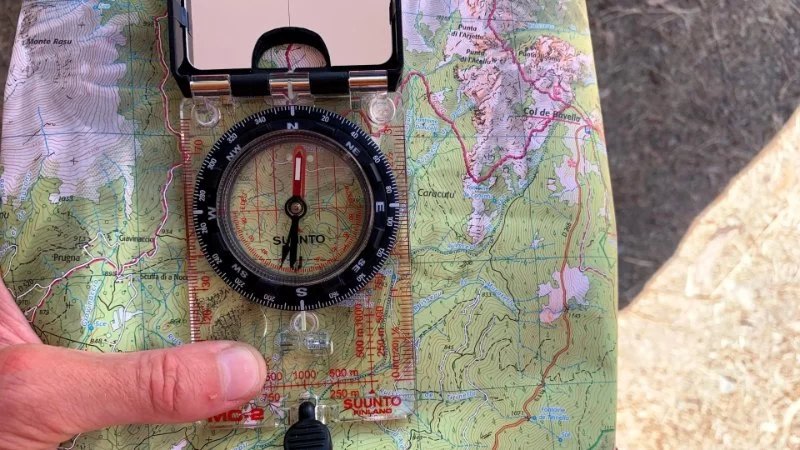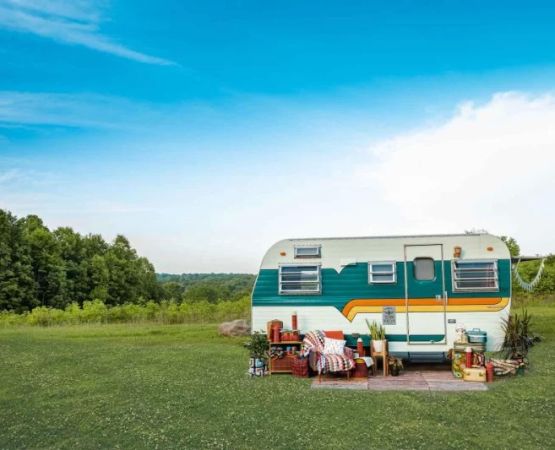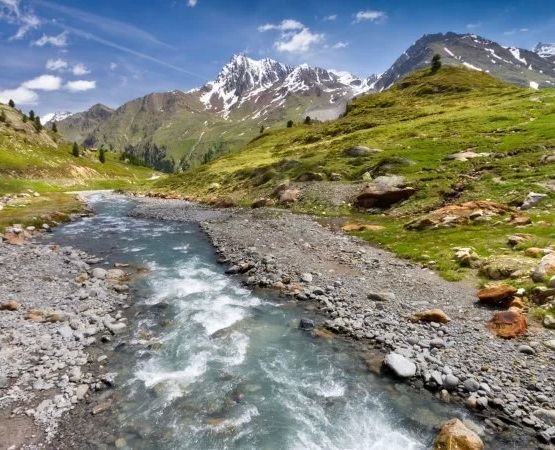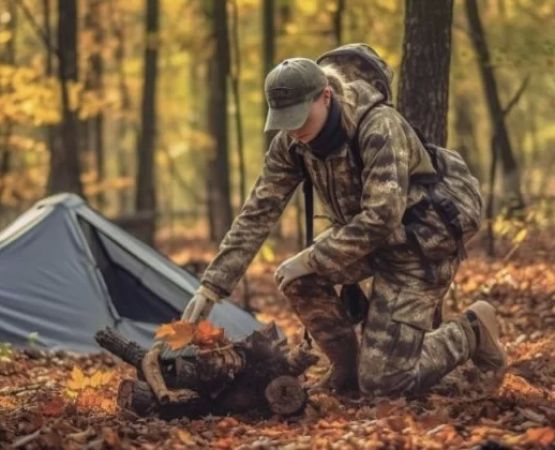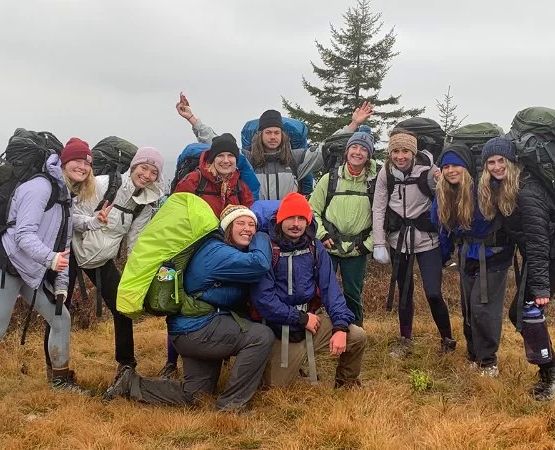- the-importance-of-navigating-with-a-compass-outdoors - The Importance of Navigating with a Compass Outdoors
- understanding-how-a-compass-works - Understanding How a Compass Works
- mastering-basic-orienteering-skills - Mastering Basic Orienteering Skills
- taking-bearings-and-navigating-a-course - Taking Bearings and Navigating a Course
- navigating-through-challenging-terrain - Navigating Through Challenging Terrain
- common-navigation-errors-and-how-to-avoid-them - Common Navigation Errors and How to Avoid Them
- why-old-school-skills-still-matter-in-the-digital-age - Why Old-School Skills Still Matter in the Digital Age
- gear-up-at-pine-cliff-resort-for-your-next-adventure - Gear Up at Pine Cliff Resort for Your Next Adventure
1. The Importance of Navigating with a Compass Outdoors
When you’re deep in the wilderness—far from cell service, Wi-Fi, or GPS signals—the humble compass becomes more than a tool. It becomes your lifeline. Understanding the principles of outdoor navigation with a compass could be the difference between finding your way back to camp or spending an unplanned night under the stars. In an age dominated by digital tech, these analog skills are making a strong comeback among hikers, backpackers, and survivalists alike.
2. Understanding How a Compass Works
A compass functions by aligning its magnetized needle with the Earth’s magnetic field, always pointing toward magnetic north. While it sounds simple, using a compass effectively requires more than just knowing which way is north. You need to understand parts of the compass like the baseplate, housing, orienting arrow, and declination adjustment—especially if you’re hiking in areas where magnetic north differs significantly from true north.
A young couple at Pine Cliff Resort once shared how their first backpacking trip nearly turned south—literally—until a park ranger showed them how to read their compass correctly. That brief lesson helped them safely complete their 3-day loop through the rugged trails of the Upper Midwest.
3. Mastering Basic Orienteering Skills
Orienteering is the art of using a map and compass together. First, you align your map with the landscape using your compass and terrain features. Then, you identify your position and choose your direction of travel. These basic skills—map alignment, triangulation, and route planning—allow you to navigate confidently across unfamiliar terrain.
Beginner workshops offered at Pine Cliff Resort often include mock orienteering courses where guests learn to navigate between checkpoints. Many find it’s not only useful but surprisingly fun. One participant even said, “It’s like a real-life treasure hunt, but the treasure is not getting lost.”
4. Taking Bearings and Navigating a Course
Taking a bearing involves pointing your compass toward a visible landmark, locking in the direction, and then following it using the orienting arrow. This is especially helpful in open terrain where trail signs may be lacking or weather conditions may reduce visibility.
But things get tricky when there are obstacles—like cliffs, rivers, or thick forest. That’s when “offset navigation” comes in handy: adjusting your path slightly to avoid danger while still keeping your general heading intact. These are the kinds of skills that separate a weekend hiker from a confident wilderness navigator.
5. Navigating Through Challenging Terrain
Outdoor navigation with a compass becomes even more essential in challenging landscapes. In dense forests, visibility is limited, and GPS signals often fail. High-altitude areas may confuse digital devices due to interference. A compass, on the other hand, remains unaffected by elevation, battery life, or weather.
For example, during a fall hiking trip at Pine Cliff Resort, a sudden fog rolled into the mountain trails. Several guests with GPS lost signal, but those with compasses and maps navigated down safely, relying on old-school methods they had practiced earlier that weekend.
6. Common Navigation Errors and How to Avoid Them
Even experienced hikers make mistakes. One of the most common errors is failing to account for magnetic declination—the difference between magnetic north and true north. Another is forgetting to adjust your compass housing after taking a bearing, leading to a wandering path.
The best way to avoid these? Practice. Repetition builds instinct. Trail instructors at Pine Cliff Resort recommend doing short practice hikes using only a map and compass. You’ll build confidence and refine your technique before relying on it during longer, riskier excursions.
7. Why Old-School Skills Still Matter in the Digital Age
There’s no denying the convenience of GPS devices and mapping apps, but they’re not foolproof. Batteries die. Screens crack. Technology fails. A compass doesn’t. More importantly, it encourages a deeper connection to the land—you’re not just following a blue dot on a screen, you’re reading the landscape.
As more outdoor enthusiasts seek off-the-grid experiences, traditional navigation skills are becoming relevant again. They offer both self-reliance and a sense of adventure that digital tools often remove.
8. Gear Up at Pine Cliff Resort for Your Next Adventure
Ready to learn how to navigate with confidence? At Pine Cliff Resort, you’ll find everything from beginner-friendly compasses to detailed topographic maps and navigation workshops taught by seasoned guides. Whether you're prepping for a multi-day trek or a simple trail walk, you’ll find the knowledge, tools, and support to get started.
Outdoor navigation isn’t just a skill—it’s a form of empowerment. With a compass in hand and the right training, you’re not just walking in the woods. You’re moving with purpose.

